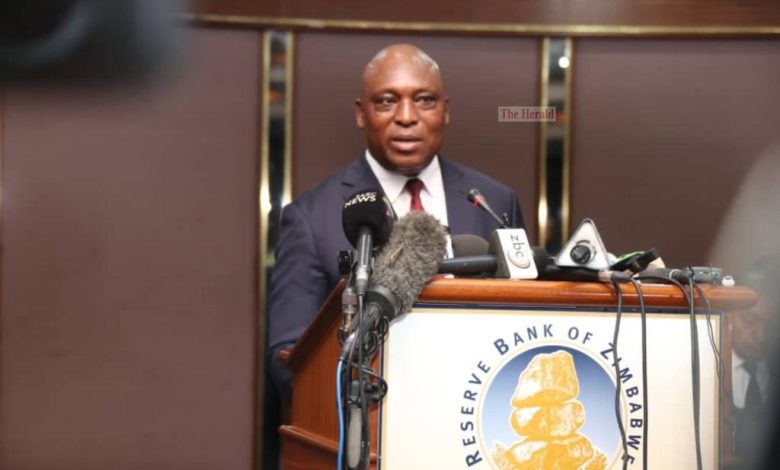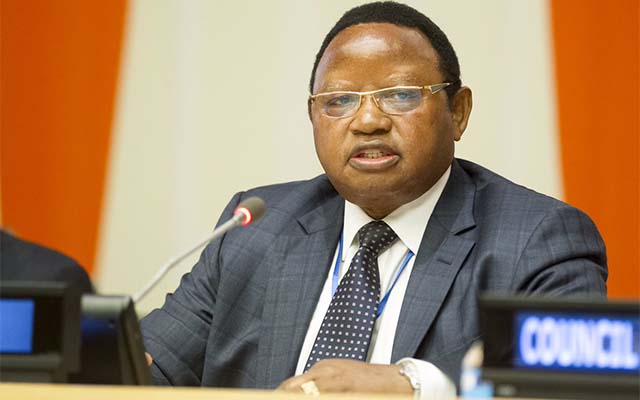Zim needs to shift its trade matrix
INCLUSIVE, diversified, connected, was the theme for the 2022 ZimTrade annual exporters’ conference.
The theme, sought to speak to the need for the country to be deliberately inclusive in developing and promoting trade, and to diversify its export basket as it builds the economy and integrates through connecting with regional and global markets.
For decades, Zimbabwe’s exports have been dominated by primary commodities, such as nickel ores and concentrates, nickel mattes, gold, tobacco, ferro-chromium, platinum, diamonds.
One of the challenges of relying on primary product exports is that the country might run out of its finite resources, for example precious metals could be exhausted.
Without diversification, this would leave the economy with a void.
To correct the anomaly, the discussion during the conference was centred on diversification and value-addition.
Delivering his remarks at the conference, Foreign Affairs minister Frederick Shava said the main thrust of the national trade policy was to transform Zimbabwe from an exporter of raw commodities and semi-processed products, to an exporter of internationally competitive high value products.
“As we diversify our exports from commodities to high value products, efforts will be made to ensure that all the country’s provinces are included and no one is left behind in this development process,” he said.
He said trade negotiations under the African Continental Free Trade Area (AfCFTA) were progressing well and Zimbabwe had submitted her tariff offers under the trade pact and was now awaiting the technical verification by the AfCFTA secretariat.
Once verified, the government will prepare the necessary legislation to start trading under the agreement, he said.
“In this regard, exporters should now focus on diversifying their exports to non-traditional African markets. This agreement will connect us to new markets which we have not been traditionally exporting to,” Shava said.
According to experts, the southern African nation should focus on non-extractive exports in order to benefit from AfCTFA, a trade pact with a combined gross domestic product of more than US$3,4 trillion.
Experts say Africa’s industrial exports are forecasted to benefit most, given that AfCFTA provides an opportunity for African nations to diversify trade from extractive commodities.
Shava said the government, through the National Development Strategy 1, was in the process of developing a number of value chains, which include leather, cotton and fertilisers. These value chains, once fully developed, will position Zimbabwe as a global powerhouse in the export of high-value manufactured products on the international market.
“My ministry is working on opening new frontiers within the Gulf States and Asia, while at the same time strengthening ties with the rest of the international community. This will facilitate local companies to diversify their exports to more lucrative markets, thereby increasing our exports,” Shava said.
Industry minister Sekai Nzenza, who also presented a speech during the conference, said the country could not build a “sustainable manufacturing sector or a secure export network without value-addition.
“Not only does this allow us to collectively safeguard the progress which has been registered so far but it positions the local manufacturers to participate competitively in the global value chains.
“An inclusive, diversified and connected export market, as ZimTrade has put it in theme, is only possible if we strengthen our value chains,” she said.
Nzenza said there had been significant growth in export proceeds, with figures currently standing at US$3,52 billion.
Finance minister Mthuli Ncube, who stood in for President Emmerson Mnangagwa, said the National Export Strategy which was launched in 2019 set a US$7 billion export target by 2023.
Since then, Ncube said, the country had recorded a number of positives towards achieving this target, despite having to deal with the devastating effects of the COVID-19 pandemic.
In 2021, exports grew by 37,3% to US$6 billion, from US$4,39 billion in 2020, surpassing the 10% annual growth target.
The manufacturing sector realised a 5,5% increase in exports to US$404 million in 2021.
“This can be attributed to measures introduced by the government, which allowed easier and cheaper access to foreign currency for industry at the forex auction system introduced by the Reserve Bank in June 2020,” he said.
“Within the same period, overall capacity utilisation in the manufacturing sector rose to 56,25%, while capacity utilisation for large-scale manufacturing sector firms increased to 62,7%; the highest level recorded since 2012.”
The Finance minister said the need to establish economic independence at district level was paramount, and this inclusive approach ensured that the country’s exports were widely diversified to the full extent of the country’s capabilities.
“The success of our people at the district level is the collective success of all of us at the national level. We eagerly await to see the successes brought by the clusters, from the basket weaving villages in Matabeleland north to the horticulture clusters in Mashonaland,” he said.
“Furthermore, the empowerment of marginalised communities, women and youth must be supported at all levels, both in the private and public sectors.”
Ncube said he was “very impressed” to learn that ZimTrade had launched the NEXT-She-Exporter programme, a female-focused programme that sought to balance gender representation in exports by equipping women-led small-to-medium enterprises (SMEs) with skills requisite in penetrating and achieving excellence in export markets.
“The organisation also continued with its award-winning Eagle’s Nest programme, a youth incubator programme to nurture youth-led SMEs into export-ready companies. I am elated as this is evident that this trajectory considers inclusivity in exports, and gels with the motto that ‘no one should be left behind’, ” he said.
Ncube said the government was steadfast in its pursuit of image building, as well as foreign engagement and re-engagement efforts.
He said a strong national brand raises the competitiveness of domestic goods, increases export demand, and attracts foreign investment to our country.
“Accelerating the ongoing ease of doing business reforms to lower transaction costs actively supports our successful engagement and re-engagement with the global community,” he said.
“The government is also dedicated to coming up with sustainable solutions for challenges that face our exporters. Indeed, as the world is recovering from a pandemic, with an imminent global recession, measures to improve product competitiveness have been instituted.”-newsday











